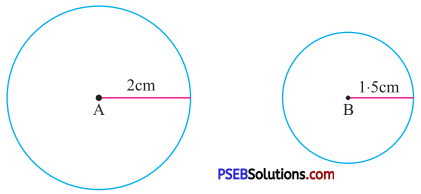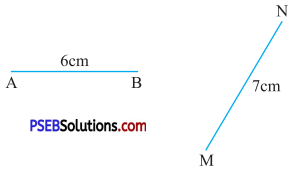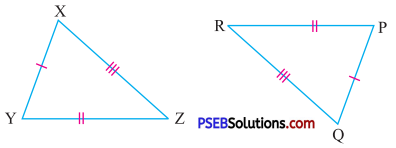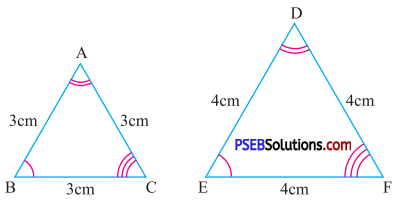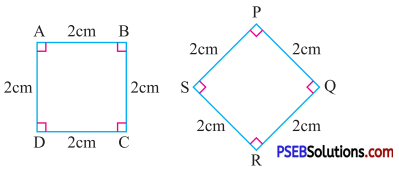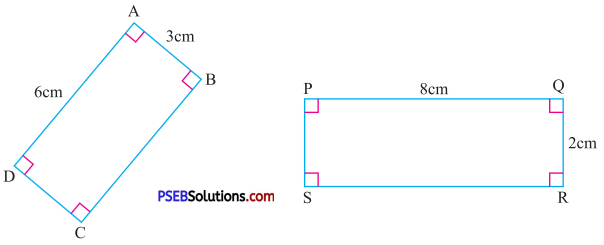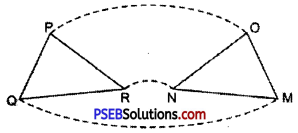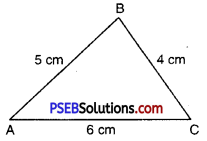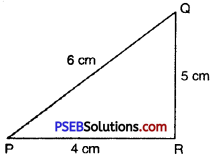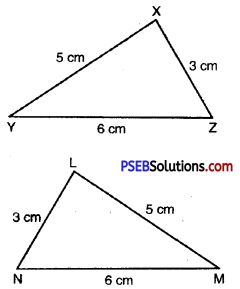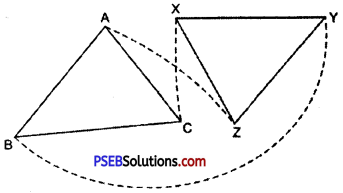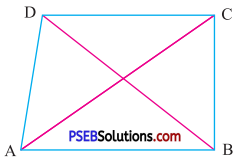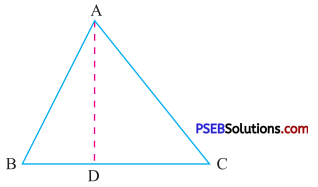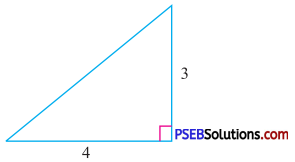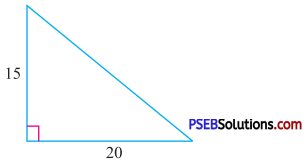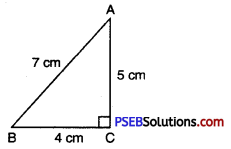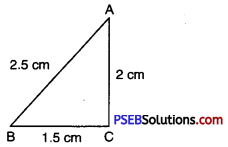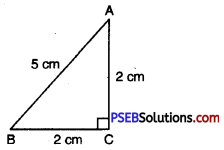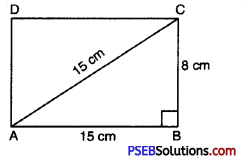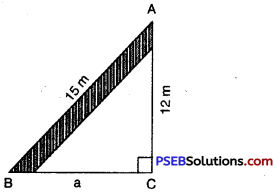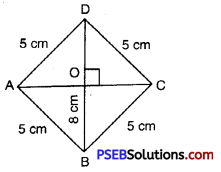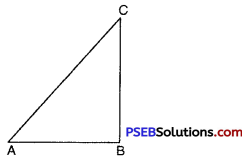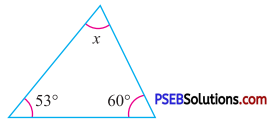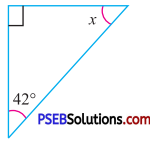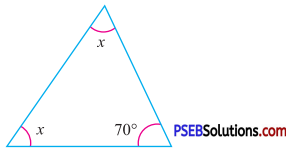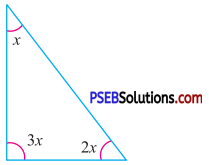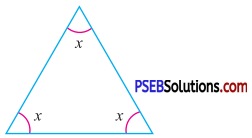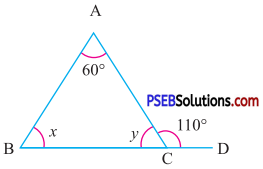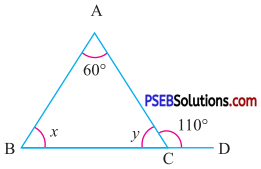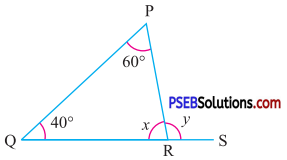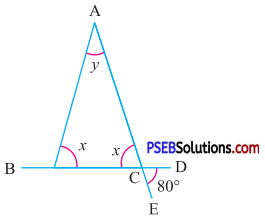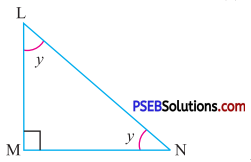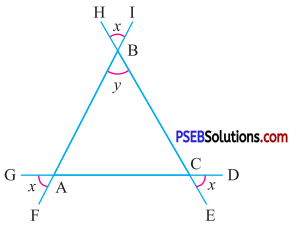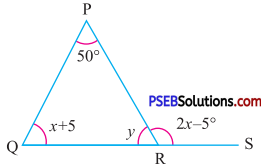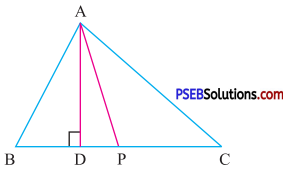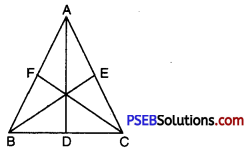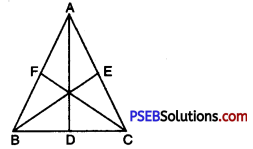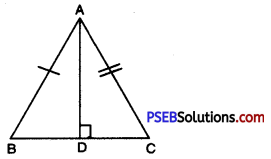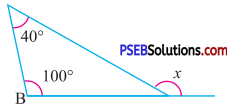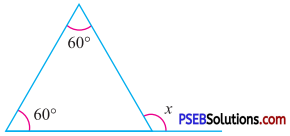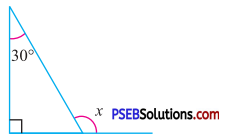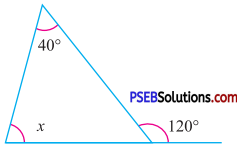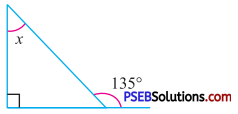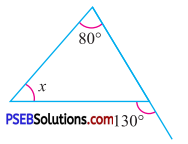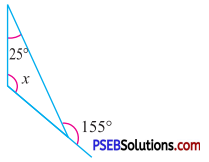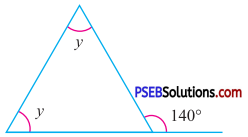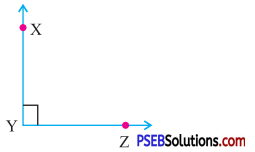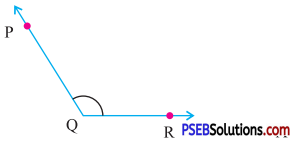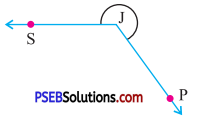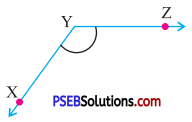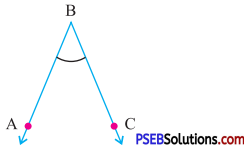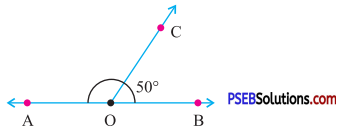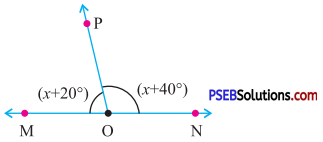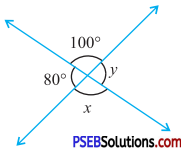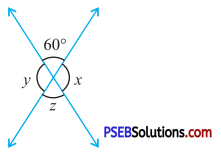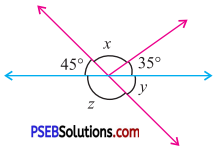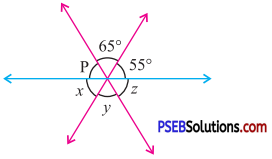Punjab State Board PSEB 6th Class Maths Book Solutions Chapter 1 Knowing Our Numbers Ex 1.1 Textbook Exercise Questions and Answers.
PSEB Solutions for Class 6 Maths Chapter 1 Knowing Our Numbers Ex 1.1
1. Write the smallest and the greatest number:
Question (a)
30900, 30594, 30945, 30495
(b) 10092, 10029, 10209, 10920.
Solution:
(a) All the given numbers are: 30900, 30594, 30945, 30495 are five-digit numbers. Let us examine digits on extreme left side of each number. First digit and second digit of all the numbers are same.
Then by observing the third and fourth digits from left side we conclude that
Smallest number = 30495
Greatest number = 30945
![]()
Question (b)
10092, 10029, 10209, 10920.
Solution:
All the given numbers are: 10092, 10029, 10209, 10920 are five digit numbers. Let us examine digits on extreme left side of each number. First digit and second digit from left of all the numbers are same.
Then by observing third and fourth digits from left we conclude that
Smallest number = 10029
Greatest number = 10920
2. Arrange the numbers in ascending order:
Question (a)
6089, 6098, 5231, 3953
Solution:
Ascending order is:
3953, 5231, 6089, 6098
Question (b)
49905, 6073, 58904, 7392
Solution:
Ascending order is:
6073, 7392, 49905, 58904
![]()
Question (c)
9801, 25751, 36501, 38802.
Solution:
Ascending order is:
9801, 25751, 36501, 38802
3. Arrange the numbers in descending order:
Question (a)
75003, 20051, 7600, 60632
Solution:
Descending order is:
75003, 60632, 20051, 7600
Question (b)
2934, 2834, 667, 3289
Solution:
Descending order is:
3289, 2934, 2834, 667
![]()
Question (c)
1971, 45321, 88715, 92547.
Solution:
Descending order is:
92547, 88715, 45321, 1971.
4. Use the given digits without repetition and make the greatest and smallest 4 digit number:
Question (a)
6, 4, 3, 2
Solution:
6432, 2346
Question (b)
9, 7, 0, 3
Solution:
9730, 3079
Question (c)
5, 4, 0, 3
Solution:
5430, 3045
![]()
Question (d)
3, 2, 7, 1.
Solution:
1321, 1237.
5. Using any one digit twice make the greatest and the smallest 4 digit number:
Question (i)
(a) 2, 3,7
(b) 5,0,3
(c) 2, 3, 0
(d) 1, 3, 4
(e) 2, 5, 8
(f) 1, 2, 3
Solution:
(a) 7732, 2237
(b) 5530, 3005
(c) 3320, 2003
(d) 4431, 1134
(e) 8852, 2258
(f) 3321, 1123
6. Read the following numbers using place value chart:
Question (i)
(a) 638975
(b) 84321
(c) 29061058
(d) 60003608.
Solution:
Place Value Chart:
| C | TL | L | TTh | Th | H | T | O | |
| (a) | 6 | 3 | 8 | 9 | 7 | 5 | ||
| (b) | 8 | 4 | 3 | 2 | 1 | |||
| (c) | 2 | 9 | 0 | 6 | 1 | 0 | 5 | 8 |
| (d) | 6 | 0 | 0 | 0 | 3 | 6 | 0 | 8 |
(a) Six lakh thirty-eight thousand nine hundred seventy-five
(b) Eighty-four thousand three hundred twenty-one
(c) Two crore ninety lakh sixty one thousand fifty-eight
(d) Six crore three thousand six hundred eight.
![]()
7. Insert commas suitably and write the names according to Indian System of Numeration:
Question (a)
98606873
Solution:
9,86,06,873
Nine crore eighty-six lakh six thousand eight hundred seventy-three.
Question (b)
7635172
Solution:
76,35,172
Seventy-six lakh thirty-five thousand one hundred seventy-two.
Question (c)
89700057
Solution:
8,97,00,057
Eight crore ninety-seven lakh fifty-seven.
Question (d)
89322602
Solution:
8,93,22,602
Eight crore ninety-three lakh twenty-two thousand six hundred two.
![]()
Question (e)
4503217
Solution:
45,03,217
Forty-five lakh three thousand two hundred seventeen.
Question (f)
90032045.
Solution:
9,00,32,045
Nine crore thirty-two thousand forty-five.
8. Insert commas suitably and write the names according to International System of Numeration:
Question (a)
89832081
Solution:
89,832,081
Eighty-nine million eight hundred thirty-two thousand eighty-one.
Question (b)
6543374
Solution:
6,543,374
Six million five hundred fourty three thousand three hundred seventy-four.
Question (c)
88976306
Solution:
88,976,306
Eighty-eight million nine hundred seventy-six thousand three hundred six.
![]()
Question (d)
9860001
Solution:
9,860,001
Nine million eight hundred sixty thousand one.
Question (e)
90032045
Solution:
90,032,045
Ninety million thirty-two thousand forty-five.
Question (f)
4503217
Solution:
4,503,217
Four million five hundred three thousand two hundred seventeen.
9. Write the number names as numerals:
Question (a)
Seven lakh fifty-four thousand
Solution:
7,54,000
![]()
Question (b)
Nine crore fifty-three lakh seventy-four thousand five hundred twenty-three.
Solution:
9,53,74,523
Question (c)
Six hundred forty-seven thousand five hundred twenty-five.
Solution:
647,525
Question (d)
Seventy-two million three hundred thirty-two thousand one hundred twelve.
Solution:
72,332,112
Question (e)
Fifty-eight million four hundred twenty-three thousand two hundred two.
Solution:
58,423,202
Question (f)
Twenty-three lakh thirty thousand ten.
Solution:
23,30,010.
10. How many eight-digit numbers are there in all?
Solution:
Largest eight-digit number is 99999999.
Largest seven-digit number is 9999999.
Total number of eight digit numbers = Largest eight digit – Largest seven digit number
= 99999999 – 9999999
= 90000000
![]()
11. Fill in the blanks:
Question (i)
(a) 1 Lakh = ten thousand
(b) 1 Million = hundred thousand
(c) 1 Crore = ten lakh
(d) 1 Crore = million
(e) 1 Million = lakh.
Solution:
(a) Ten
(b) Ten
(c) Ten
(d) Ten
(e) Ten



